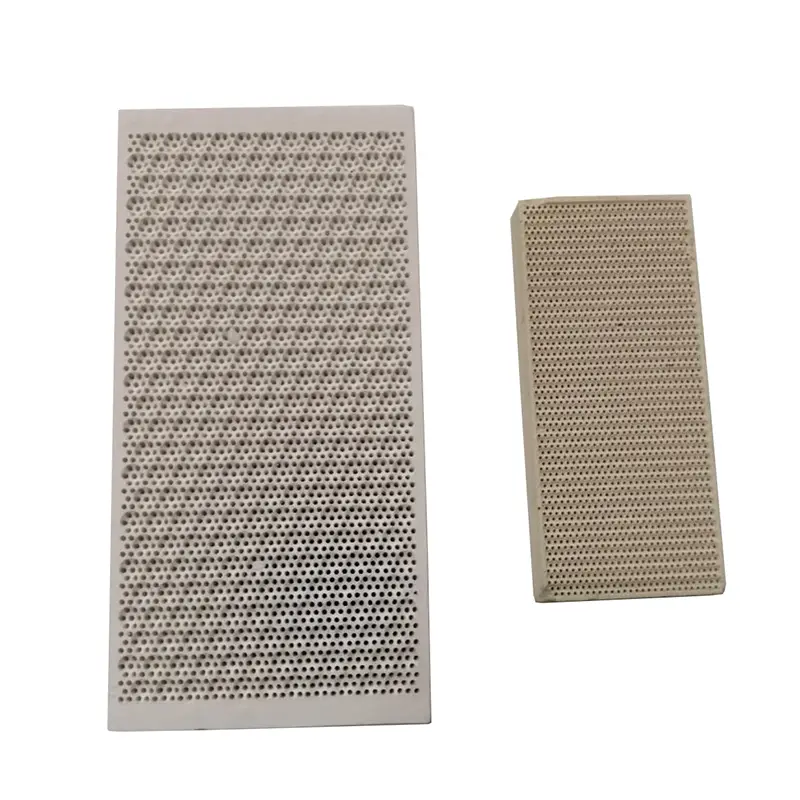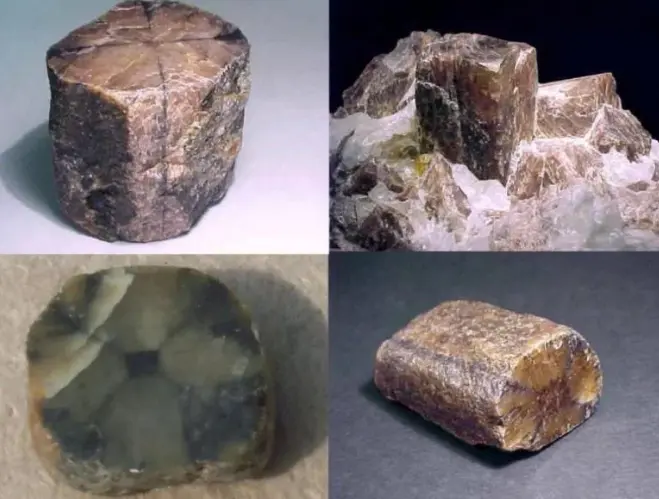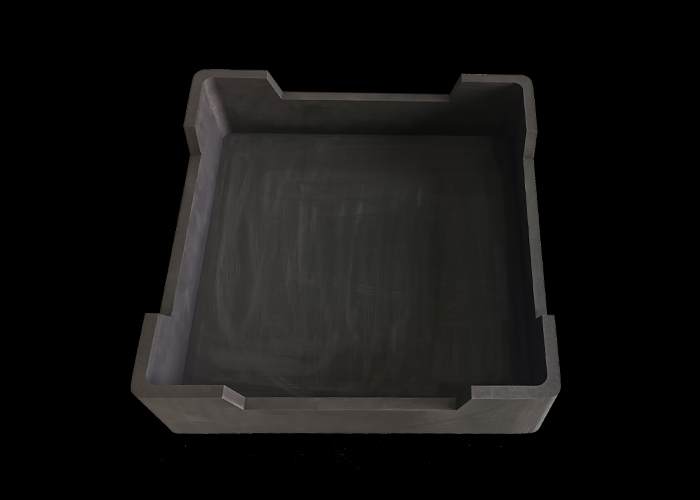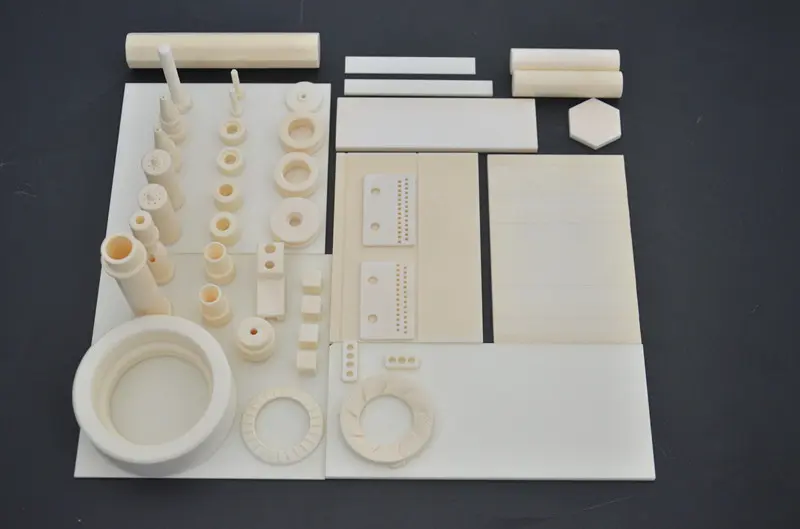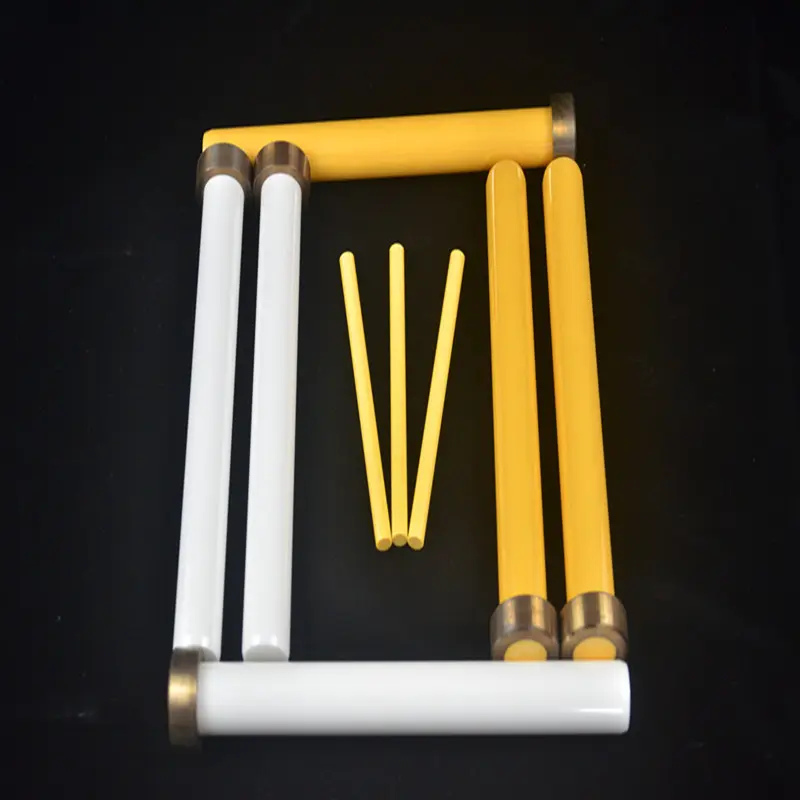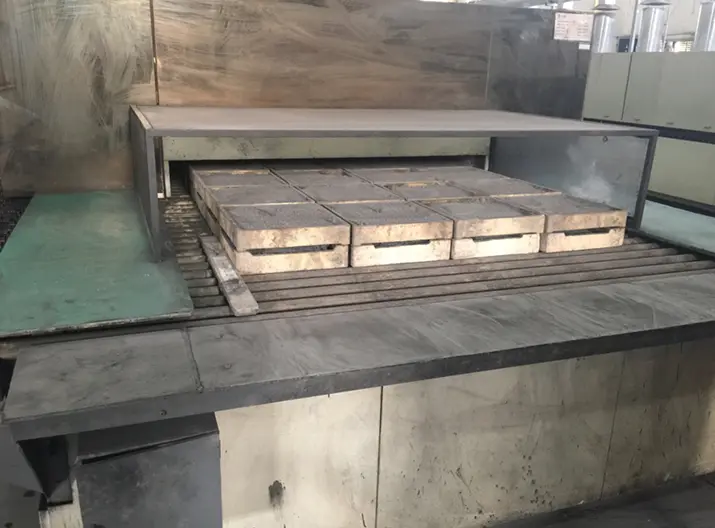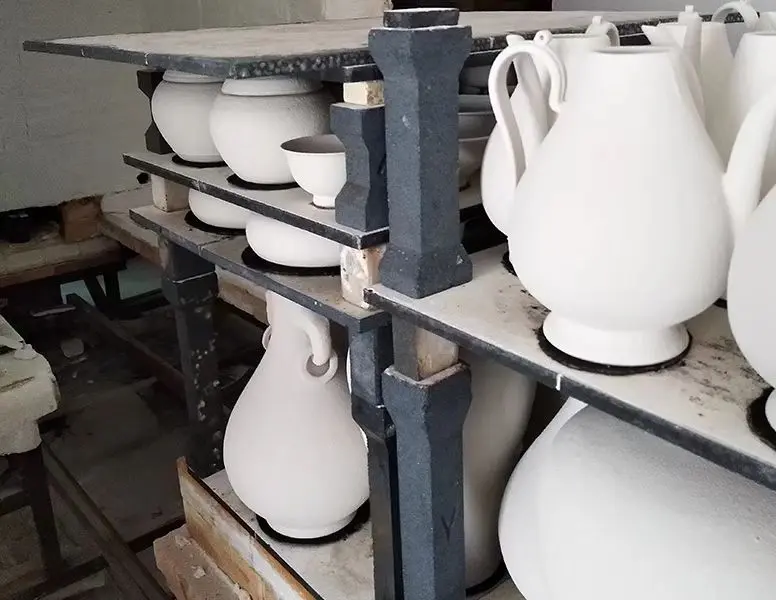Why Does Mullite-Cordierite Composite Ceramics Have Excellent Thermal Shock Resistance?
Composition and Structure
Mullite and cordierite are both aluminosilicate minerals that exhibit unique thermal properties. Mullite, with its chemical formula of 3Al2O3·2SiO2, is known for its high melting point and excellent mechanical strength at elevated temperatures. Cordierite, on the other hand, has a lower thermal expansion coefficient and is characterized by its ability to withstand thermal cycling without significant deformation or cracking.
When these two materials are combined to form a composite, the resulting structure benefits from the strengths of both components. The microstructure of mullite-cordierite composite ceramics typically features a fine-grained matrix that enhances mechanical interlocking and improves overall stability. This fine microstructure is crucial for dissipating thermal stresses that arise during rapid temperature fluctuations.
Thermal Expansion and Stress Distribution
One of the primary reasons for the excellent thermal shock resistance of mullite-cordierite composite ceramics is their complementary thermal expansion properties. Cordierite has a low coefficient of thermal expansion (CTE), which means it expands and contracts less than many other materials when subjected to temperature changes. In contrast, mullite has a higher CTE but maintains its structural integrity at elevated temperatures.
When subjected to thermal shock, the differential expansion between the two phases helps to distribute thermal stresses more evenly throughout the material. This stress distribution minimizes the likelihood of crack initiation and propagation, which are common failure modes in ceramics subjected to rapid temperature changes. The ability of the composite to accommodate these stresses without fracturing is a key factor in its thermal shock resistance.
Phase Transformation and Toughening Mechanisms
Another important aspect of mullite-cordierite composite ceramics is the phase transformation that occurs during heating and cooling cycles. The presence of both mullite and cordierite allows for a unique toughening mechanism. As the temperature increases, the mullite phase can undergo a transformation that enhances the material’s toughness. This transformation can absorb energy and reduce the severity of thermal stresses, further contributing to the material’s resistance to thermal shock.
Additionally, the presence of microcracks and porosity within the composite can also play a role in energy dissipation. These features can act as stress-relieving mechanisms, allowing the material to deform slightly under stress without catastrophic failure. This ability to absorb and dissipate energy is critical in applications where thermal shock is a concern.
Conclusion
In summary, the excellent thermal shock resistance of mullite-cordierite composite ceramics can be attributed to their unique composition, microstructure, and the interplay of thermal expansion properties. The combination of mullite’s strength and high-temperature stability with cordierite’s low thermal expansion creates a material that can withstand rapid temperature changes without significant damage. As industries continue to seek materials that can endure extreme conditions, the development and application of mullite-cordierite composite ceramics will likely play a pivotal role in advancing thermal management technologies. Their ability to resist thermal shock makes them ideal candidates for a wide range of high-temperature applications, ensuring their relevance in the future of materials science.


